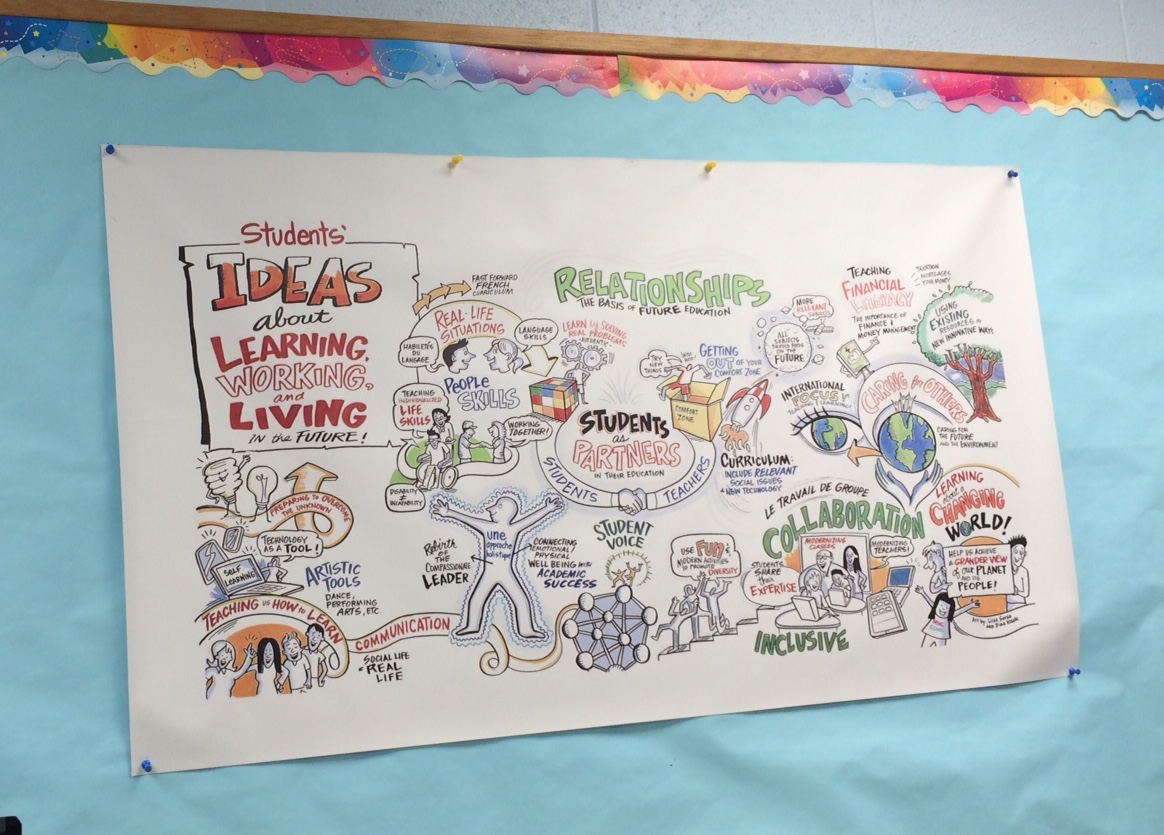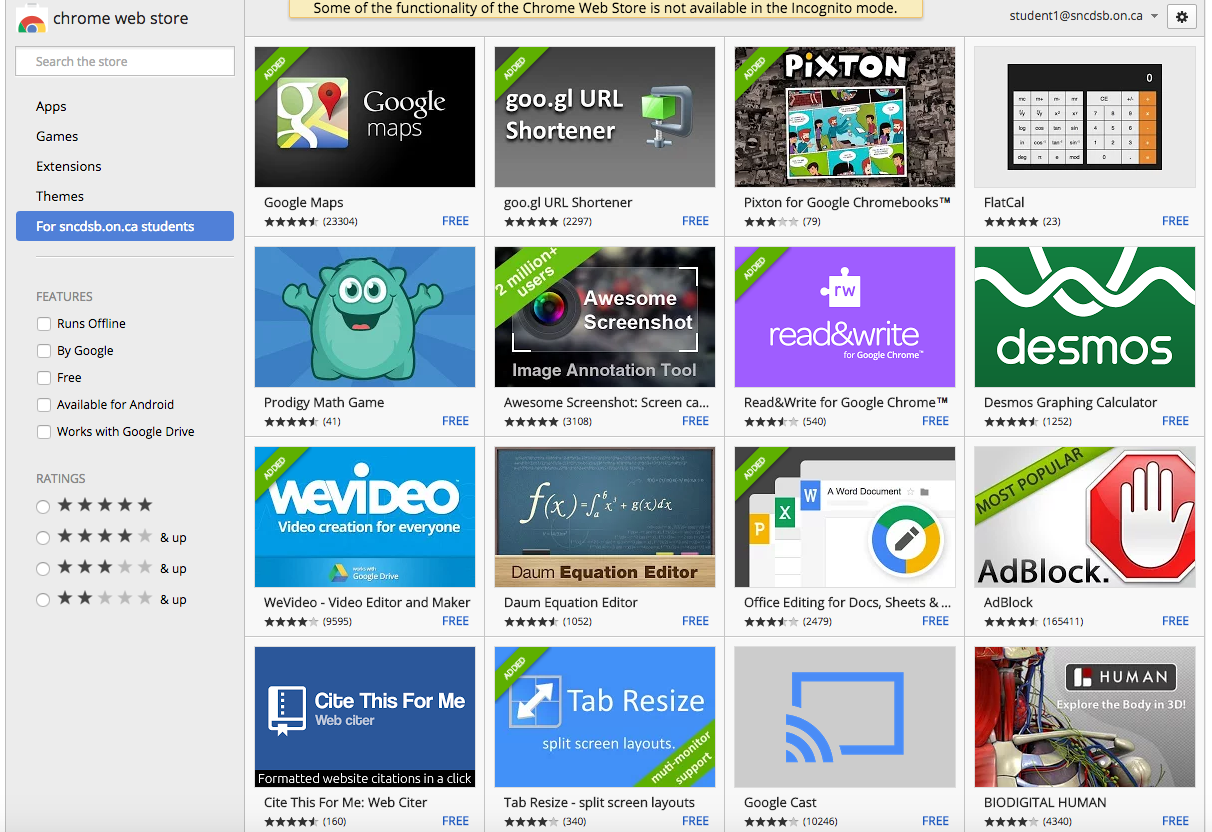A few bad apples. That’s the phrase we all keep hearing.
Anyone else tired of hearing that yet? As if the “bad apples” just appeared out of nowhere? As if we weren’t warned by anti-racist educators that this exact thing would happen? Be disgusted, be disappointed, but by no means can any of us be surprised.
You see, for a bad apple to fall, first a seed must be planted and a tree must be grown. And this is a tree whose roots are undeniably deep and whose branches are frighteningly far-reaching.
You may have heard people say: This a “Freedom Rally” against mandates; it has nothing to do with race.
But the second that we rally behind people who hold white nationalist beliefs, it most certainly DOES become about race. Even if the issue at hand isn’t. You see, when we march by their side in massive numbers like this, what message are we sending about where we stand? We are giving them a platform, elevating their voices, and legitimizing their claims. So, even if we don’t agree with them on “certain issues,” the actual fringe minority of white supremacists sees it as validation and it emboldens them to show up and speak out. Ask yourself: why do they feel comfortable in this crowd that’s supposed to be rallying for freedom? Pride parades are massive and you don’t ever see swastikas freely flying there.
Only a few bad apples. From one tree. In one city. For every person waving a Confederate flag, there are hundreds more at home looking up “reverse racism against white people.” How many more social media followers do you think Pat King received because of this convoy? Is that a voice you really want to be amplifying? And I know there are rumors that people carrying these flags were “plants” put there by Trudeau or CBC. Why else would they have their faces covered? And for all I know, they could be right. I don’t know for a fact that they weren’t paid to do it. But what I do know for a fact is that members of the Ku Klux Klan also conceal their identities. So there’s that…
I get it – almost everyone there is there to protest against the mandates. No one is against your right to protest. But we just want you to really consider who you are protesting behind. A few people have said that they didn’t realize who the organizers were or didn’t know their backgrounds. Well, to that I say take the advice that so many of us have been hearing over and over again throughout the pandemic: Do your own research. Wake up. Don’t be a sheep.
And honestly, the research was already done for you: Activists like Taylor McNallie and Selam Debs put this information out there for us all to see. Anti-racist educators, who have not only experienced the systemic discrimination in our country, but have also dedicated their lives to researching it and helping dismantle it, warned us that this convoy is raging with red flags. And how do we respond? We get defensive. We say that focusing on race is just dividing the country. We ignore. We deny. Or we are silent. How exhausting it must be for BIPOC to be the ones expected to fight against racial injustices when they are the ones also experiencing it everyday. It took me forever to publish this post because I didn’t want to deal with the back and forth that might happen in the comments section. But Selam Debs is literally getting threats of violence sent to her. I think I can handle an uncomfortable conversation or two.
Only a few short months ago, we all wore our orange shirts. And that’s wonderful. But it’s also a really easy thing to do. Questioning our own biases and prejudices is much harder. So is considering the impact of our actions, even if they are well-intended actions. Residential school survivors had been saying for decades that there were graves. Why didn’t we listen? People are telling us that supporting this convoy is dangerous for our country; why aren’t we listening?
Saying that focusing on the bad apples is only causing more division is also false. Any addict knows that the first step in recovery is acknowledging that you have a problem. Well, Canada, we have a problem. We’re addicted to our identity as a welcoming, diverse country whose only fault is that we apologize too much. Well, and I’m sorry if you didn’t already know this, but we clearly don’t live up to that. We have to admit that our country was built on white supremacy. We have to admit that there’s systemic discrimination. We have to admit that white nationalists are mobilizing. We have to admit that we aren’t honouring the voices of those who are oppressed. And we have to make some changes.
Let me end by saying this. I do not care if you support the mandates or not. That’s not what this post is about. And if you do support the Freedom Convoy, I don’t think I’m a better person than you. I’m not writing this to make you feel like an awful person. I’m writing this to help you see it from a different lens. To understand how your protest against mandates can all of a sudden be a protest about race. And to hopefully, make you reconsider who you stand behind and beside in the future.
If you are a white person in this country, you might not consider yourself to be a racist person, but you unequivocally benefit from a system that upholds white supremacy. How come you are to blame if you weren’t the ones who established these systems in the first place? How come you are responsible for dismantling the systems of oppression? Why do I clean up my kids’ toys after they go to bed if I’m not the one who played with them? Because I don’t want to live in a messy house. Is that an easy enough analogy? Newsflash: John A. MacDonald isn’t coming back from the dead to say he made a mistake and save us all. It’s on us. Each one of us.
You may not be a bad apple, but ask yourself: are you watering the tree from which they fall?
 *Please note that there are other MSAC graphics that have been created since then, but this one resonates the most with me. I love it so much that for my birthday a few years ago, my friend and colleague
*Please note that there are other MSAC graphics that have been created since then, but this one resonates the most with me. I love it so much that for my birthday a few years ago, my friend and colleague 